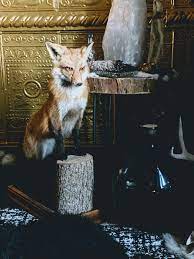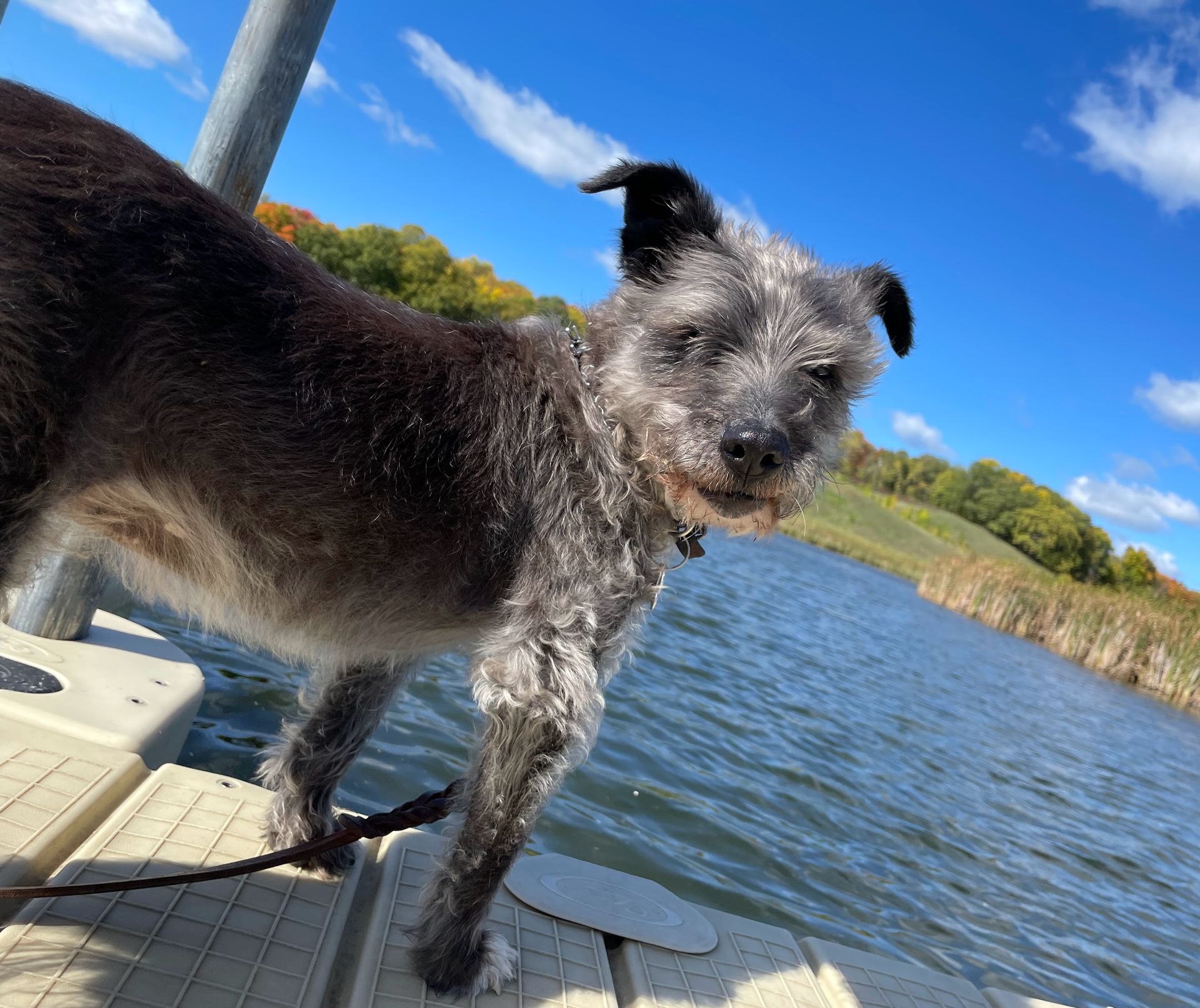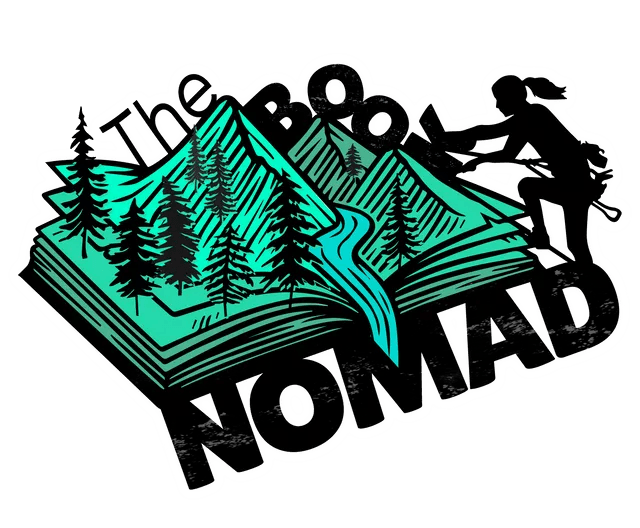 I don’t know how many times I’ve read Barbara Kingsolver’s Prodigal Summer.
I Imagine it is about as many as I’ve read The Poisonwood Bible
, also by Kingsolver. A lot. I love both of these stories and, after so many readings, all of the characters feel like old friends. One of the characters in Prodigal Summer,
Deanna, is a forest ranger in Zebulon National Forest. She lives in a little cabin, hikes around all day doing trail maintenance, has books and food delivered to her and she tracks coyotes in her free time. Sounds like my kinda life. It is through Deanna’s narrative I first became interested in coyotes. Growing up in rural North Dakota, I remember hearing them in the evening, making strange noises and doing what seemed like talking to each other. Now I know that is exactly what they were doing. One thing Deanna shares in Prodigal Summer
is how coyotes, when being hunted or their numbers put in danger, actually produce bigger litters of pups.
I don’t know how many times I’ve read Barbara Kingsolver’s Prodigal Summer.
I Imagine it is about as many as I’ve read The Poisonwood Bible
, also by Kingsolver. A lot. I love both of these stories and, after so many readings, all of the characters feel like old friends. One of the characters in Prodigal Summer,
Deanna, is a forest ranger in Zebulon National Forest. She lives in a little cabin, hikes around all day doing trail maintenance, has books and food delivered to her and she tracks coyotes in her free time. Sounds like my kinda life. It is through Deanna’s narrative I first became interested in coyotes. Growing up in rural North Dakota, I remember hearing them in the evening, making strange noises and doing what seemed like talking to each other. Now I know that is exactly what they were doing. One thing Deanna shares in Prodigal Summer
is how coyotes, when being hunted or their numbers put in danger, actually produce bigger litters of pups.
I very recently reread Prodigal Summer , as pandemic has me reading like a maniac and I have a lot of time to revisit my favorites. Shortly after I finished, I was at my mom’s house and noticed her copy of Coyote America: A Natural and Supernatural History by Dan Flores. Flores gives biological information on coyotoes and also shares their importance in Native American religions, including a couple of folk tales about Old Man Coyote. In this book, I learned Coyoacan , the neighborhood I stayed in while in Mexico City, means the place of the coyotes. The name coyote is from an Aztec word in their Nahuatl language: coyotl.
The hard to read sections of this book are the parts where he explains government efforts to eradicate coyotes, after (mostly) successfully eradicating the grey wolf. I haven’t yet finished the book because it got to be too much to read about the poisons they use on coyotes and the suffering the coyotes endure due to the poisons. Pure torture. And yet, the coyote does not surrender. Instead, they breed more and have larger litters. And yes, they are sometimes found in our cities. Where they eat rats and other small animals that we humans want nothing to do with. Yet, we chase them out of urban areas, too.
Do you have coyote story? I have seen one in the alley behind my home in Park Hill. Otherwise, I haven’t encountered any since leaving North Dakota. I hope someday to see them again.
Coyote tale resources:
Elderberry Flute Song: Contemporary Coyote Tales by Peter Blue Cloud
American Indian Trickster Tales (Myths and Legends) by Richard Erdoes and Alfonso Ortiz
The post The Coyote Myth: Wild and Urban appeared first on The Book Nomad.



